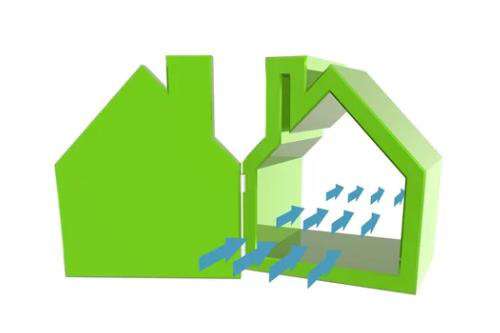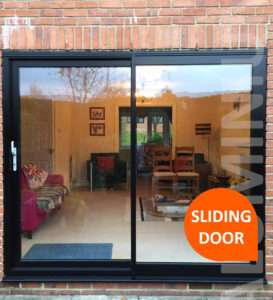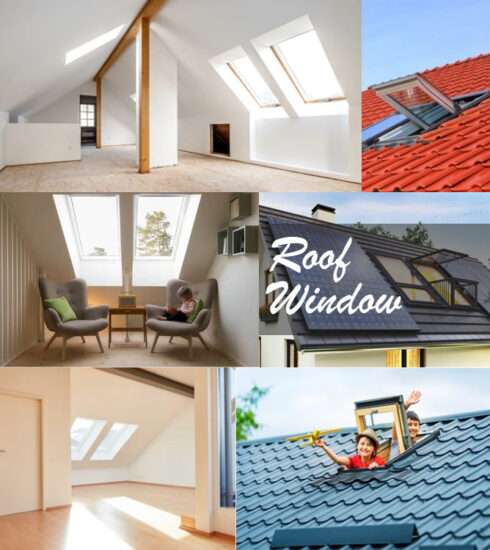Air Permeability Class in Doors and Windows
Enhancing Energy Efficiency and Comfort

In the realm of modern construction and architecture, the quest for energy efficiency has become paramount. One of the pivotal factors influencing a building’s energy efficiency is the air permeability of its doors and windows. This article delves into the significance of the air permeability class in doors and windows, explaining how it affects a building’s energy consumption, comfort, and overall environmental impact.

Understanding Air Permeability
Air permeability class in doors and windows refers to a standardized rating system employed to evaluate their resistance to air infiltration, which is essentially the amount of air that can pass through a closed door or window. This rating is crucial because air infiltration contributes significantly to energy loss within a building.

How Air Permeability is Rated
The air permeability class ranges from Class 1 to Class 4, with Class 1 being the highest rating. A Class 1 rating signifies superior resistance to air infiltration, making a door or window highly effective at preventing the passage of air. In contrast, a Class 4 rating shows a higher air infiltration rate and a decreased ability to prevent air leakage.
The Impact on Energy Efficiency
Energy efficiency is a paramount concern for both residential and commercial buildings. Doors and windows with higher air permeability ratings tend to allow more air to infiltrate, leading to significant energy losses. This translates into elevated heating and cooling costs as conditioned air escapes through gaps and leaks. By selecting doors and windows with low air permeability ratings, property owners can substantially enhance their building’s energy efficiency and reduce energy expenditures.
Enhancing Comfort and Indoor Air Quality

Air permeability extends beyond energy efficiency—it also profoundly influences indoor comfort and air quality. Doors and windows with low air permeability ratings create a more stable indoor environment by minimizing drafts, temperature fluctuations, and dust infiltration. This not only results in enhanced occupant comfort but also ensures a healthier indoor atmosphere.
Striking a Balance
While minimizing air infiltration is essential for energy efficiency, it’s also crucial to strike a balance with other considerations. Proper ventilation is vital for keeping indoor air quality and preventing moisture buildup, which can lead to mold and other issues. Thus, achieving the best air permeability rating requires a comprehensive approach that considers both energy efficiency and indoor air quality.
Selecting the Right Doors and Windows
Choosing doors and windows with a proper air permeability class is a crucial decision for architects, builders, and property owners. The selection process should be guided by the building’s location, climate, and energy efficiency goals. For regions with harsh climates, opting for doors and windows with a lower air permeability rating can significantly reduce energy consumption and enhance interior comfort.
Conclusion
In the realm of modern architecture, the air permeability class of doors and windows is a critical factor in achieving energy efficiency, occupant comfort, and environmental sustainability. Understanding the significance of this rating system empowers architects, builders, and property owners to make informed decisions that align with their goals for a greener and more efficient future.










